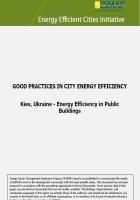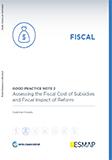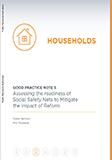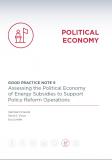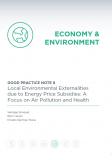Publications
Under the Kiev Public Buildings Energy Efficiency Project, 1,270 public buildings in the city of Kiev--including healthcare, educational and cultural facilities—were retrofitted with cost-effective, energy-efficiency systems and equipment. The project focused on the supply-side, such as automation and control systems, and demand-side measures, including installation of metering and weatherization, as well as a sound heating tariff policy. The project was undertaken by the Kiev City State Administration (KCSA). Savings from the retrofitting were estimated at 333,423 Gigacalories (Gcal)/year by 2006--normalized by degree/days in the base-line year--or about a 26% savings compared to the buildings’ heat consumption before the project. These upgrades also improved the buildings’ comfort level, helped foster an energy efficiency services industry, and raised public awareness of the importance of energy efficiency.
The project cost US$27.4 million and was financed through a World Bank loan, Swedish Government grant, and KCSA funds. Based on the project’s success, many other cities in Ukraine have requested information on the project and expressed interest in implementing similar ones for their public buildings.
ESMAP. 2010. Good Practices in City Energy Efficiency: Kiev, Ukraine - Energy Efficiency in Public Buildings. ESMAP Energy Efficient Cities Initiative. Washington, DC: World Bank.
